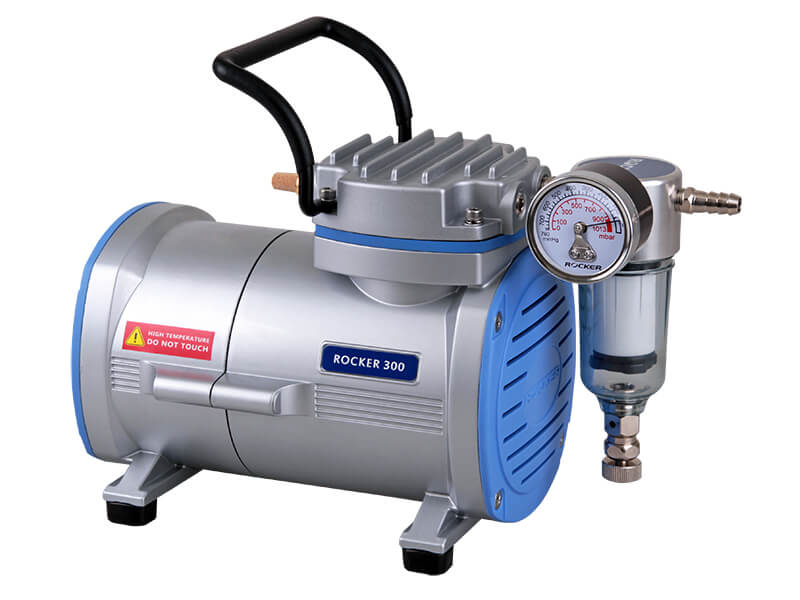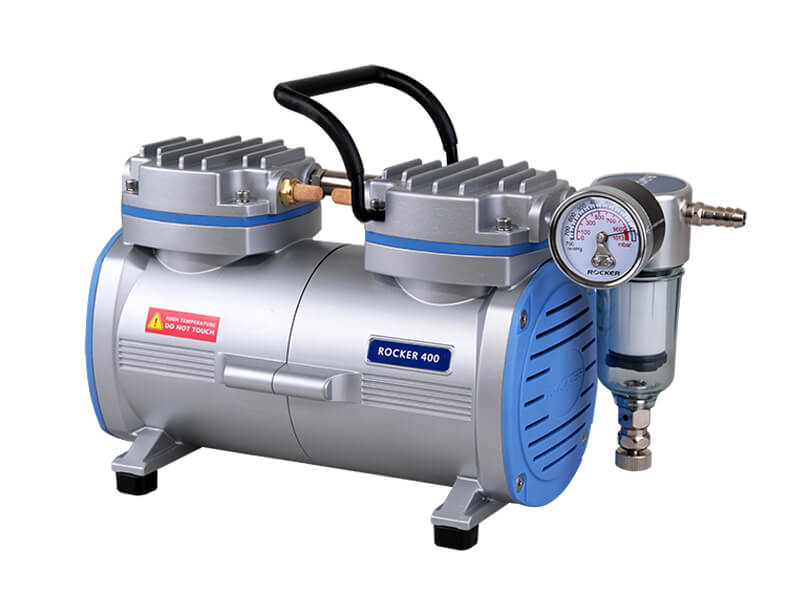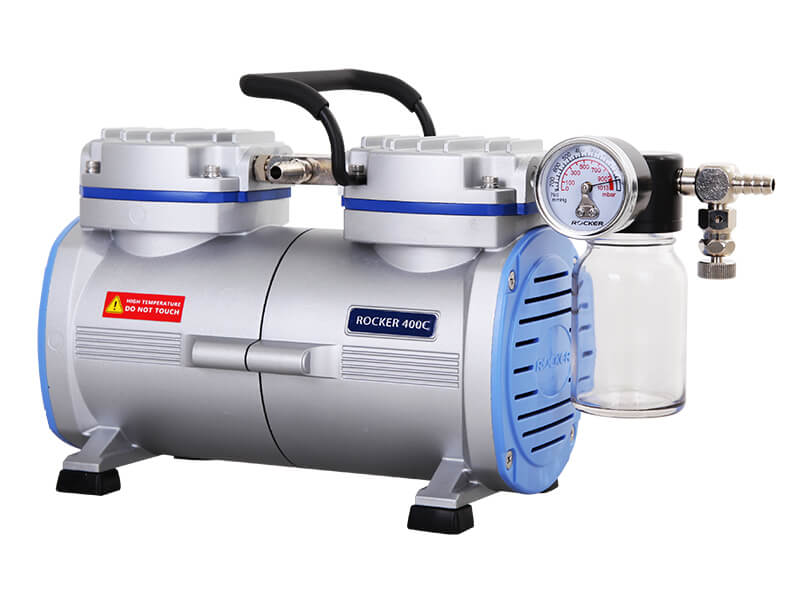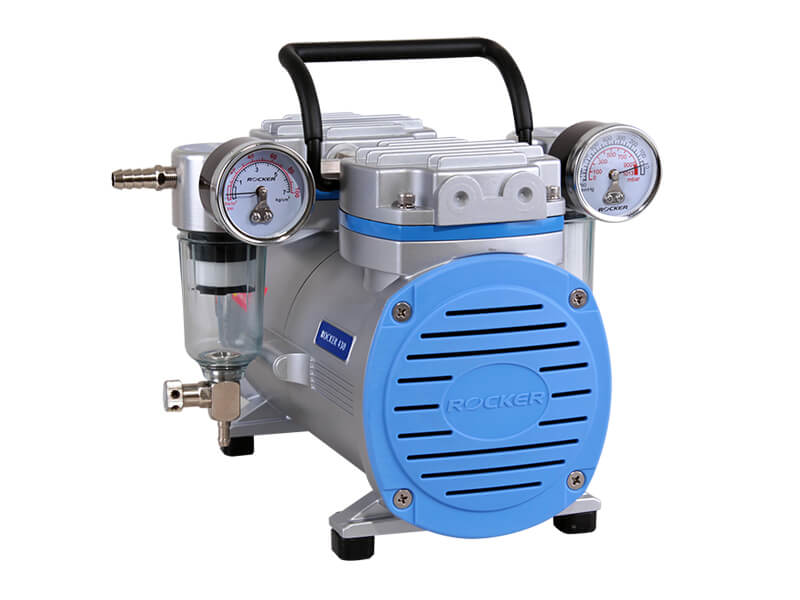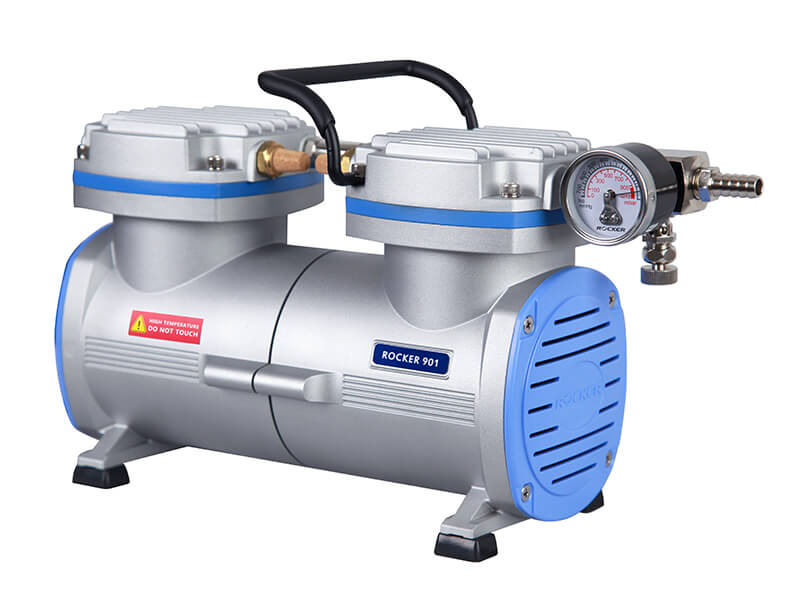What is air sampling?
Substances sampled in air sampling and air quality standards
Air Sampling techniques
Active sampling
Passive sampling
Differences between air sampling and air monitoring
Air sampling applications
What is air sampling?
What is air sampling? Air is a necessary condition for human survival. With the development of industrial civilization, the demand for quality of life has been increasing, and the monitoring of air quality has become one of the important issues in recent years. High concentrations of pollutants in the air, such as fine particulate matter (PM 2.5, PM 10), carbon dioxide (CO2), carbon monoxide (CO), volatile organic compounds (VOCs), and microbes, not only pose risks to human health but may also impact environmental changes. Therefore, air sampling is used to assess air quality, understand pollutant concentrations and compositions in the atmosphere, and monitor environmental changes in order to formulate improvement measures.
Air sampling refers to the collection of quantified volumes of air samples, which are then analyzed using appropriate methods to determine the concentrations of pollutants such as particulates and microbes. This process is used to evaluate air quality, identify potential sources of pollution, and monitor environmental changes.
Substances sampled in air sampling and air quality standards
Air sampling can be applied in a wide range of areas, including indoor public places such as libraries, art galleries, KTVs, gyms, and outdoor environments such as industrial areas, major transportation routes, and agricultural areas. Whether in indoor or outdoor spaces, poor air quality can cause discomfort or damage to respiratory, visual, and other organs, as well as the central nervous system. Common pollutants in the air include inorganic substances such as carbon dioxide, carbon monoxide, sulfur dioxide, organic compounds such as formaldehyde, total volatile organic compounds, and biological particles such as bacteria, fungi, and fine particulate matter.
In order to protect public health and prevent health issues caused by air quality, the Environmental Protection Administration has established corresponding regulations, such as the “Air Quality Standards” (No. 1091159220) and the “Indoor Air Quality Standards” (No. 1010106229). The types and standard values of these regulations are shown in the table below:
|
Air Quality Standards |
||
|
Item |
Standard |
Unit |
|
PM 10 |
100b |
μg/m³ |
|
PM 2.5 |
35b |
μg/m³ |
|
SO2 |
0.075a |
ppm |
|
NO2 |
0.1a |
ppm |
|
Carbon monoxide (CO) |
35a |
ppm |
|
O3 |
0.12a |
ppm |
|
Pb |
0.15c |
μg/m³ |
Note
a1-hour value: Refers to the arithmetic mean of various measured values within one hour
b24-hour value: Refers to the sample obtained through continuous sampling over a period of twenty-four hours and the value obtained after analysis
c3-month moving average: Refers to the arithmetic mean of the average values of valid data for three consecutive months.
|
Indoor Air Quality Standards |
||
|
Item |
Standard |
Unit |
|
CO2 |
1000b |
ppm |
|
CO |
9b |
ppm |
|
CH2O |
0.08a |
ppm |
|
TVOC* |
0.56a |
ppm |
|
|
1500d |
CFU/m³ |
|
|
1000**,d |
CFU/m³ |
|
PM 10 |
75c |
μg/m³ |
|
PM 2.5 |
35c |
μg/m³ |
|
O3 |
0.06b |
ppm |
Note:
*Total volatile organic compounds, including the sum of twelve volatile organic compounds: It refers to the standard value of total volatile organic compounds, which is the sum of concentration measurements of twelve compounds, namely benzene, carbon tetrachloride, chloroform (also known as trichloromethane), 1,2-dichlorobenzene, 1,4-dichlorobenzene, dichloromethane, ethylbenzene, styrene, tetrachloroethylene, trichloroethylene, toluene, and xylene
**Fungal concentration indoor/outdoor ratio less than or equal to 1.3 is not subject to this limitation.
a1-hour value: Refers to the arithmetic mean of various measured values within one hour
b8-hour value: Refers to the sample obtained through continuous sampling over a period of eight hours and the value obtained after analysis
c24-hour value: Refers to the sample obtained through continuous sampling over a period of twenty-four hours and the value obtained after analysis
dHighest value: Refers to the sampling analysis value obtained through the sampling method specified in the testing methods announced by the competent authority
Air sampling techniques
Sampling is the first step in all types of detection, and air sampling methods can be classified into active sampling and passive sampling based on their collection principles. Active sampling is widely adopted by most international official guidelines because it allows for the collection of quantitative gases at a controlled flow rate. The principles, advantages, and disadvantages of active and passive sampling are compared in the table below:
|
Method |
Principle |
Advantage |
Disadvantage |
|
Active sampling |
Collect air samples from a container using vacuum or fan |
Flow and time are both adjustable, thus is • Faster to collect • More accurate results • Can be quantitative or qualitative • Suitable for both particle or gas-form samples • Adopted by most governments’ official guidelines |
• Only daily average data can be obtained • Regular calibration of instruments is required • Easily disturbed by air flow • More costly equipment • Driver required |
|
Passive sampling |
Air particles are adhered to absorbent and collected based on its natural diffusion and permeation |
• Less costly • Simple procedure • Effective in longer term detection • Can be collected in multiple locations simultaneously • No air flow disturbance • Collected samples are more similar to actual condition • No driver required |
• Only monthly/weekly average data can be obtained • Time-consuming • For gas-form samples only • Semi-quantitative only • Not being adopted by most officials |
Active air sampling
Active air sampling can be further divided into direct and indirect methods, with differences in their configurations. However, both methods share a basic framework consisting of a driving force (pump, fan), collection container (impinger, impactor, sampling bag), and the selection of appropriate adsorbents (collection liquid, culture media) based on the collection container and sampling method.
Collect with impinger
An impinger is a specially designed glass bubbler that collects chemical substances from the air into a liquid medium. During sampling, a pump draws a known volume of air into the impact bottle containing the designated collection liquid, causing the air to bubble quantitatively. This allows the chemical substances to dissolve in the liquid, achieving the purpose of sample collection.
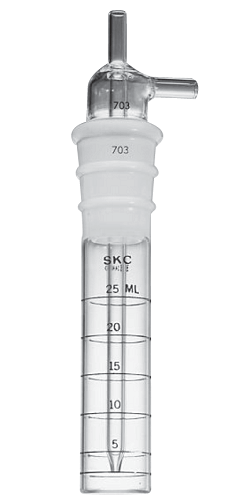
Collect with impactor
Impactors are commonly used to analyze microorganisms in the air, such as bacteria and fungi. An impactor utilizes a vacuum pump or a fan to draw in air and create an airflow, allowing the microorganisms in the air to pass through holes or narrow gaps on the sampling head and attach to a solid medium, such as agar gel culture medium. Subsequently, the microorganisms’ growth can be observed through cultivation, and the microbial content in the air can be assessed.
This device is typically employed for environmental monitoring in cleanrooms, medical facilities, and farms.
Collect with sample bag
Air sampling bags, also known as gas sampling bags, air collection bags, or gas sample bags, can be classified into direct sampling and indirect sampling methods based on the sampling approach.
For general gas sampling, direct sampling is typically sufficient. However, in harsh or highly polluted environments, indirect sampling can be performed using air sampling boxes to reduce contamination of the pump and the sample.
- Direct sampling (using sample bag): For general gas sampling, direct sampling method is typically used. The sampling bag is directly connected to a vacuum source via a PTFE tube. Negative pressure is applied to drive atmospheric air through the sample inlet into the sampling bag, completing the sampling process. However, during sampling, the gas may pass through the pump’s flow path. Therefore, it is recommended to use a diaphragm pump to prolong the pump’s lifespan.
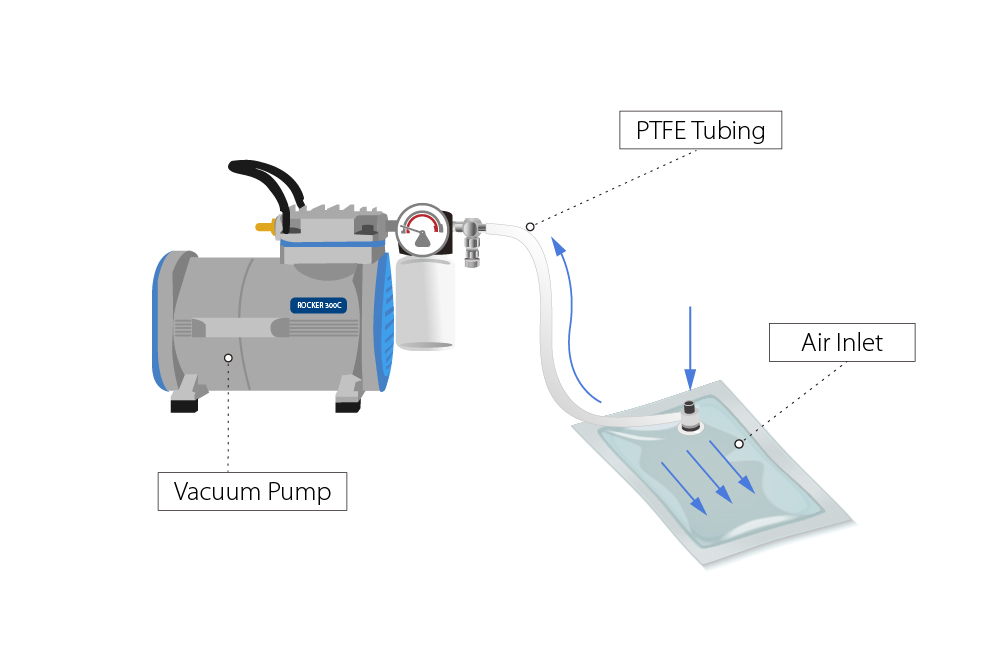
- Indirect sampling (sampling box): It is suitable for highly polluted or harsh environmental gases. The sampling bag is connected to the air inlet of the sampling box using a PTFE tube and installed inside the sampling box. After covering and locking the pressure relief valve, a negative pressure environment is created inside the box using a vacuum pump, generating a pressure difference between the inside and outside of the bag, which drives the air into the sampling bag, achieving the purpose of sampling.
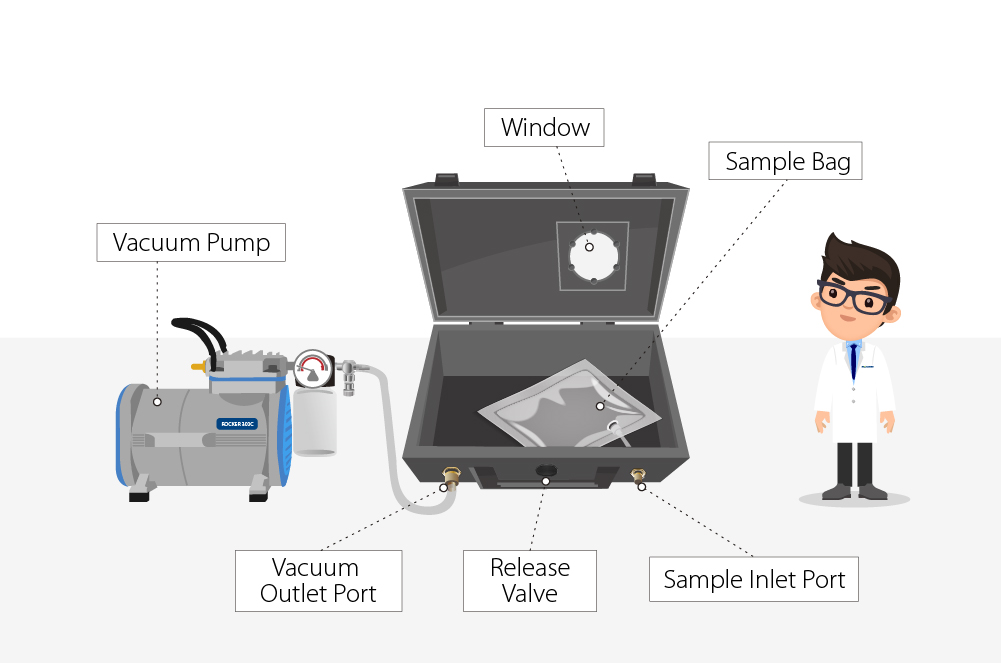
Passive air sampling
Passive samplers can be classified into three main types based on their structural shapes: tube-type, badge-type, and radial tube-type. The selection of an appropriate sampler depends on factors such as sampling volume, sampling duration, and the analyte of interest.
Differences between air sampling and air monitoring
Air monitoring and air sampling are two different methods used to assess air quality. Air monitoring involves the use of electronic devices to detect pollutants in the air in real-time. It provides continuous and immediate information about the presence and levels of pollutants in the surrounding environment.
On the other hand, air sampling involves capturing air samples over a specific period of time in sealed containers. These collected air samples are then sent to a laboratory for analysis and quantification of specific substances present in the air. Air sampling allows for a more detailed examination of the composition of the air and the identification of specific pollutants.
In summary, air monitoring provides real-time data on pollutant levels, while air sampling collects air samples for subsequent laboratory analysis to determine the presence and concentration of specific substances.
Air sampling applications
- Pharmaceutical industry, microbiological monitoring is conducted in areas such as operating rooms and cleanrooms.
- Electronics industry, sampling and analysis of airborne molecular contaminants (AMCs) are performed in semiconductor factories using impact bottles.
- Occupational environmental monitoring, particulate matter, fibers, and hazardous airborne substances are monitored in the workplace.
- Food industry, environmental monitoring is carried out in food processing plants, including outdoor environmental monitoring.
- Emission sources such as chimneys, flues, and ventilation ducts.
References:
- Air Monitoring, Merck
- Passive vs. Active air sampling, Zefon
- Passive Samplers for Investigations of Air Quality: Method Description, Implementation, and Comparison to Alternative Sampling Methods, EPA
- What are the WHO Air quality guidelines?, WHO
- WHAT IS AIR SAMPLING, AND WHY DO WE NEED TO SAMPLE THE AIR?, Zefon
- What’s the difference between air sampling and air monitoring?, EPA
- Impingers (skcltd.com)


